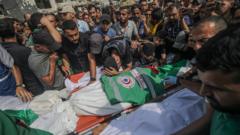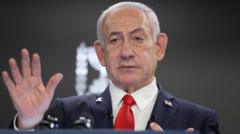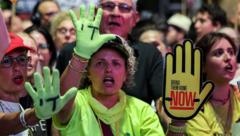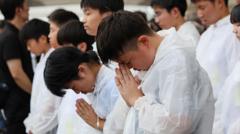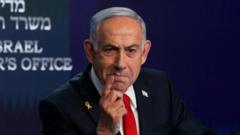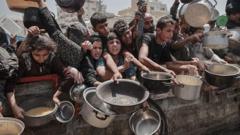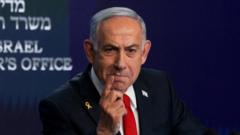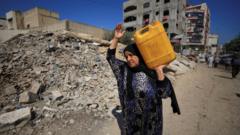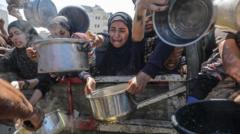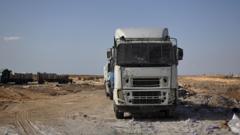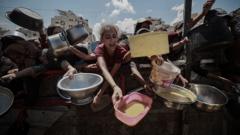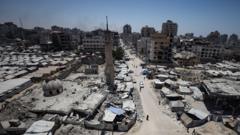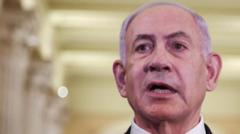In a recent incident near Al-Shifa Hospital in Gaza City, four Al Jazeera journalists were killed during an Israeli strike, prompting debates about the protection of media personnel in conflict zones and the narratives surrounding such attacks.
Four Al Jazeera Journalists Killed in Israeli Strike Near Gaza's Al-Shifa Hospital

Four Al Jazeera Journalists Killed in Israeli Strike Near Gaza's Al-Shifa Hospital
The tragedy unfolds as four Al Jazeera journalists are reported dead in an Israeli airstrike, drawing responses from multiple perspectives on media safety amid conflict.
In a devastating event reported today, four journalists working with Al Jazeera have lost their lives following an Israeli strike near the Al-Shifa Hospital in Gaza City. The deceased correspondents include Anas al-Sharif, Mohammed Qreiqeh, and two cameramen, Ibrahim Zaher and Mohammed Noufal. This targeting occurred while the journalists were located in a designated tent for media personnel positioned at the hospital's main entrance.
The situation is compounded by earlier criticism from Al Jazeera of the Israel Defense Forces (IDF), accusing them of harboring an "ongoing campaign of incitement" against its staff in Gaza, notably against al-Sharif. The IDF has confirmed the strike and claimed that al-Sharif had significant ties to Hamas, describing him as the leader of a terrorist cell. However, the IDF did not mention the three other journalists killed in the attack.
Anas al-Sharif, aged 28, had been active on social media shortly before his death, issuing warnings about the ongoing bombardment on Gaza City. Following his reported demise, a post attributed to him surfaced, suggesting it was released by a colleague or friend posthumously. Graphic videos that have circulated on social media show the aftermath, where individuals, some dressed in press gear, are seen carrying the bodies and shouting al-Sharif’s name.
The Al Jazeera Media Network had made headlines in July, decrying what it described as relentless efforts by the IDF to incite violence against its correspondents in Gaza, framing these actions as a justification to target journalists working in conflict areas. The IDF asserts that prior to the airstrike, measures were taken to limit civilian casualties, claiming they employed precision munitions and aerial reconnaissance.
The Committee to Protect Journalists has documented that, since the onset of Israel’s military offensive in Gaza in October 2023, a total of 186 journalists have been confirmed dead. This incident raises vital questions about the safeguarding of media personnel in regions marred by violence and the complex narratives that emerge from military engagements.

